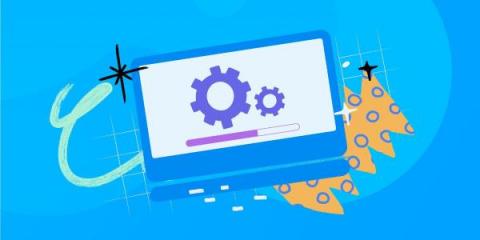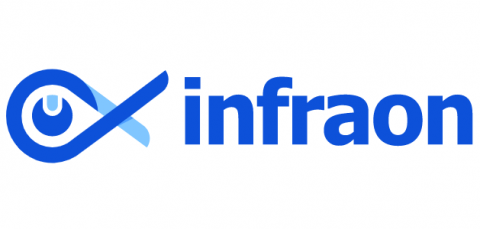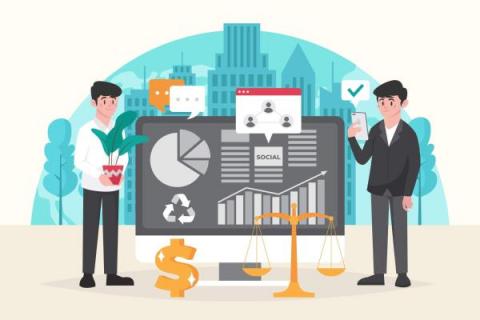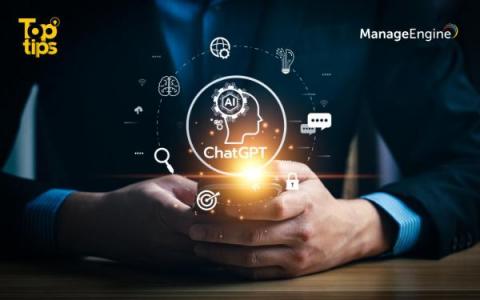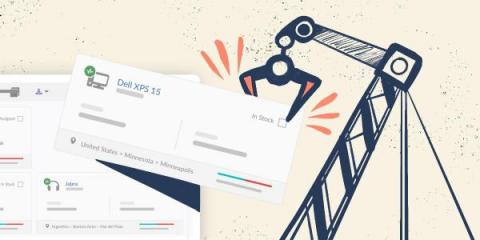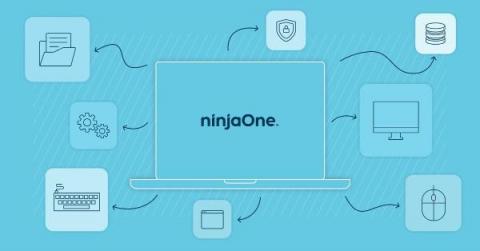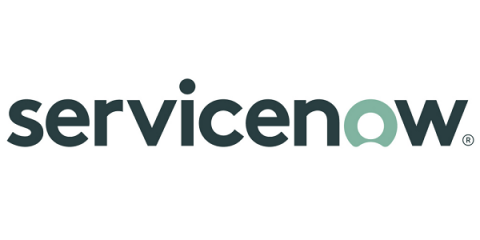Operations | Monitoring | ITSM | DevOps | Cloud
Latest News
IT Asset Lifecycle Management: A Complete Guide for 2025
Asset Management ROI Complete Guide
Top tips: Implementing ChatGPT at an enterprise level
ChatGPT is quickly being adopted for optimizing pretty much any vertical. You can write reports, come up with content, analyze data, and even get the tool to write code for you. Gartner predicts that by 2025, the AI market would be worth about $134 billion. Thankfully, many businesses are embracing this technology instead of acting hostile. This is a good thing because there is a multitude of ways in which enterprises can leverage ChatGPT.
IT Asset Lifecycle Management: The 9 Stages to Manage Your IT Assets
Key features to consider while choosing Asset Management Software
IT Asset Management (ITAM) Explained
Managing the various types of IT assets within an organization, whether it be hardware, software, or other assets, can be a challenging and tedious process. With the exponentially growing number of assets in businesses, it can be an especially daunting task. Fortunately, the tools used for IT asset management have advanced and it is much more feasible. Gartner claimed that if organizations adopt and execute IT asset management processes, they can save 30% of costs within the first year.
Asset Management Software For MSP
Citizen development governance: 3 steps to success
Now that digital innovation and efficiency are business requisites, the demand for great apps continues to grow. The work of software developers has become vital to all aspects of business, yet the shortage of developers is snowballing. Global market intelligence firm IDC forecasts a shortfall of 4 million developers by 2025. Many companies are embracing citizen development to bridge the gap.


